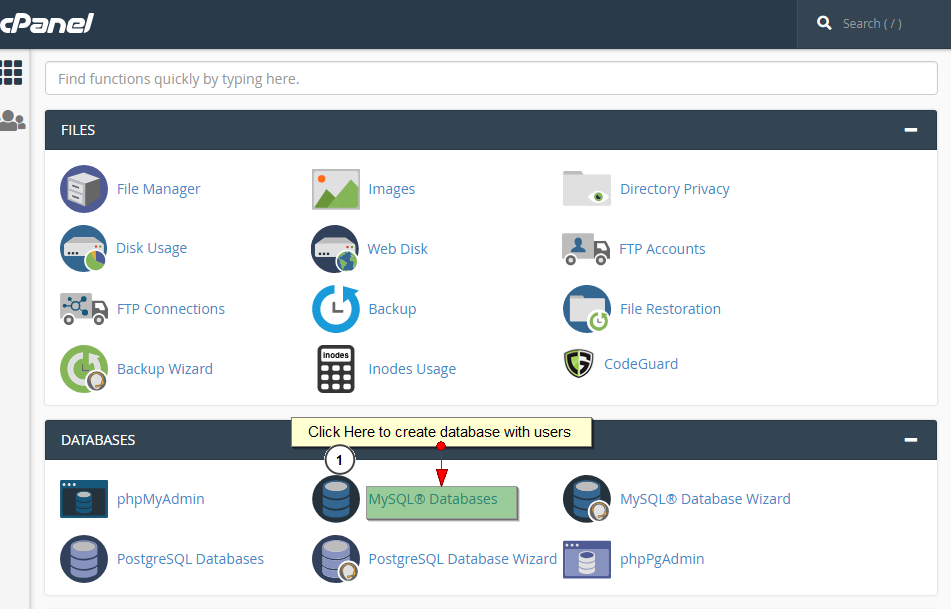- September 8, 2018
- Posted by: SouTech Team
- Category: Development, Softwares, Technologies, Website Design Service Abuja, Website Design Training
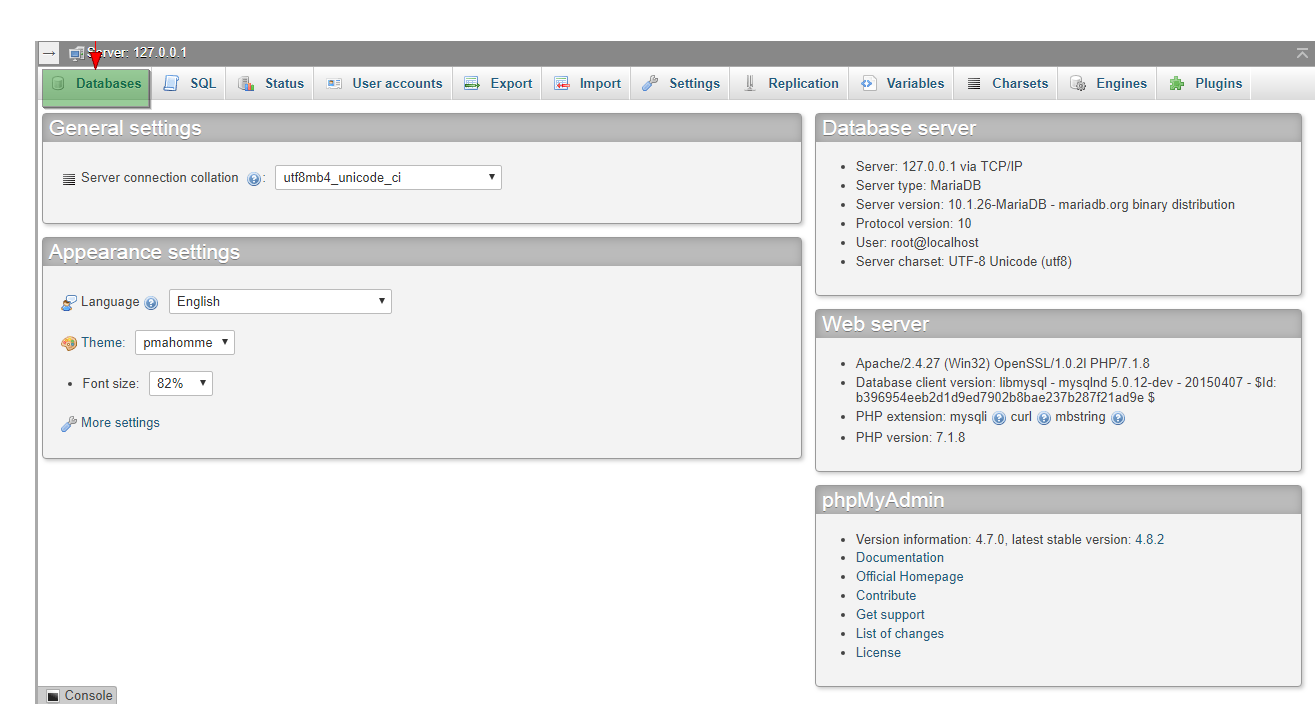
What is a database? Database is a collection of records stored in rows and columns of a table.
I will be taking you through the step by steps on how website developers and designers can create database and tables inside their phpmyadmin
Step 1: Go to localhost/phpmyadmin and click on “Databases”
2. Enter the preferred Database name (Always follow the naming convention) and click ‘Create’
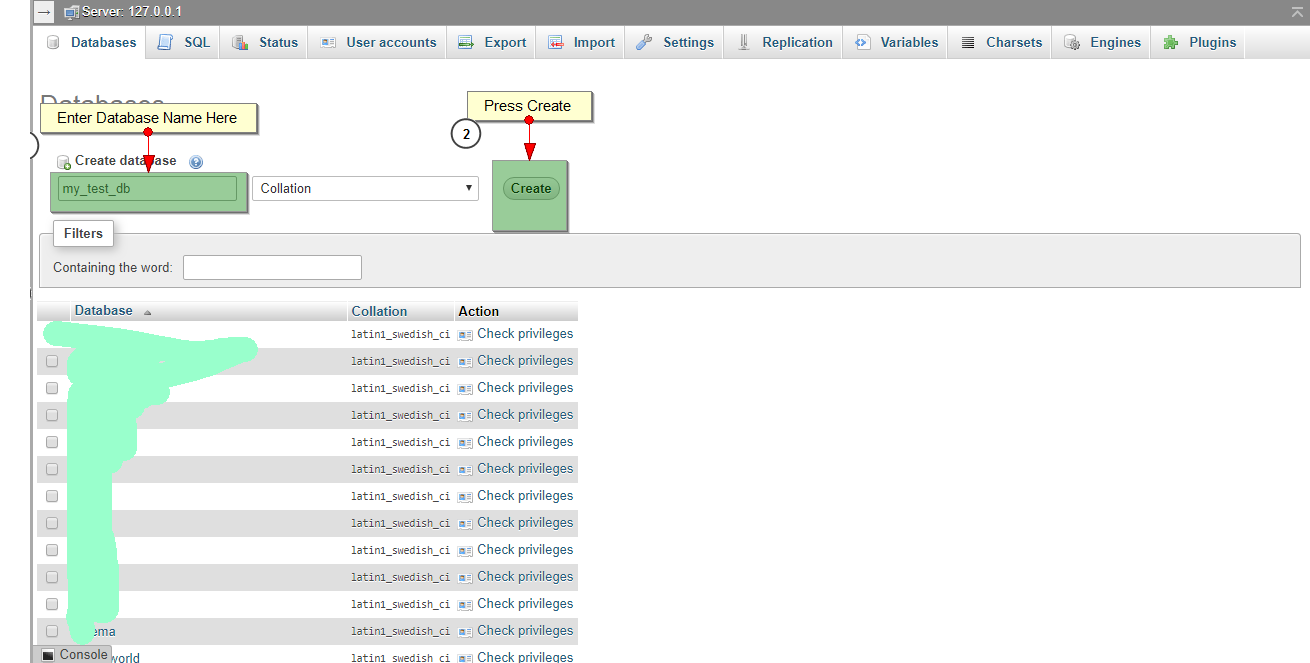
| Want to start an eBusiness and Grow it Globally with free IT, Legal, Internet Discounts,3 Months SME Startup Course, ePayment Integration, Biz Development Services, Free Website, Free SMS Units/Portal all done for you within 30 Days?
Start Here>> Click >>> Start a Digital Business in Nigeria
3. Enter table name and the number of columns to create
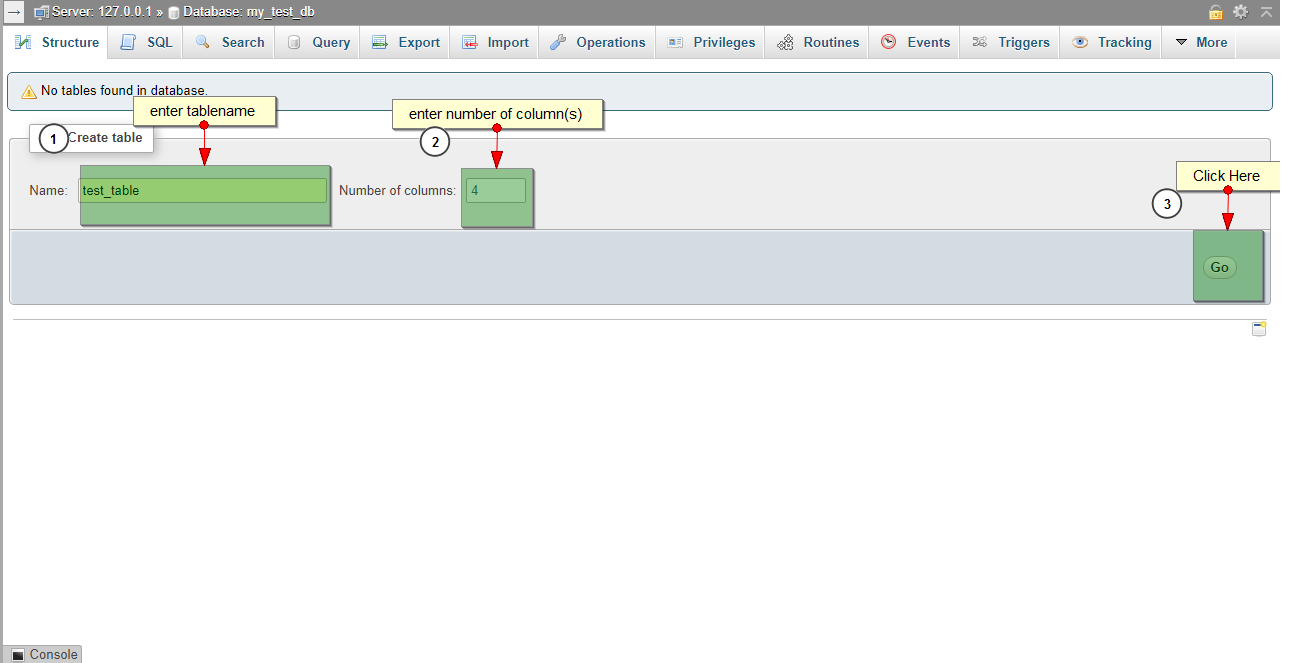
4. Enter Column name(s), select Character types from the drop-down and either length if neccessary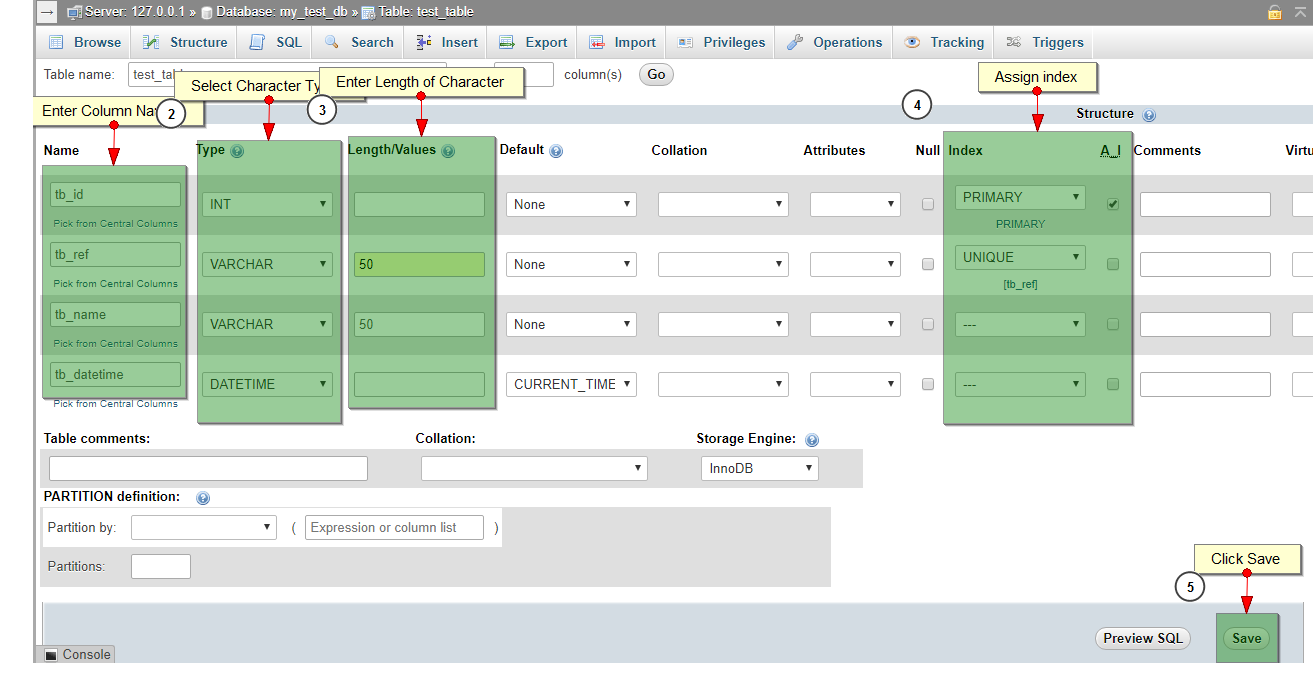
5. This is full anatomy of the phpmyadmin database and the table that you created
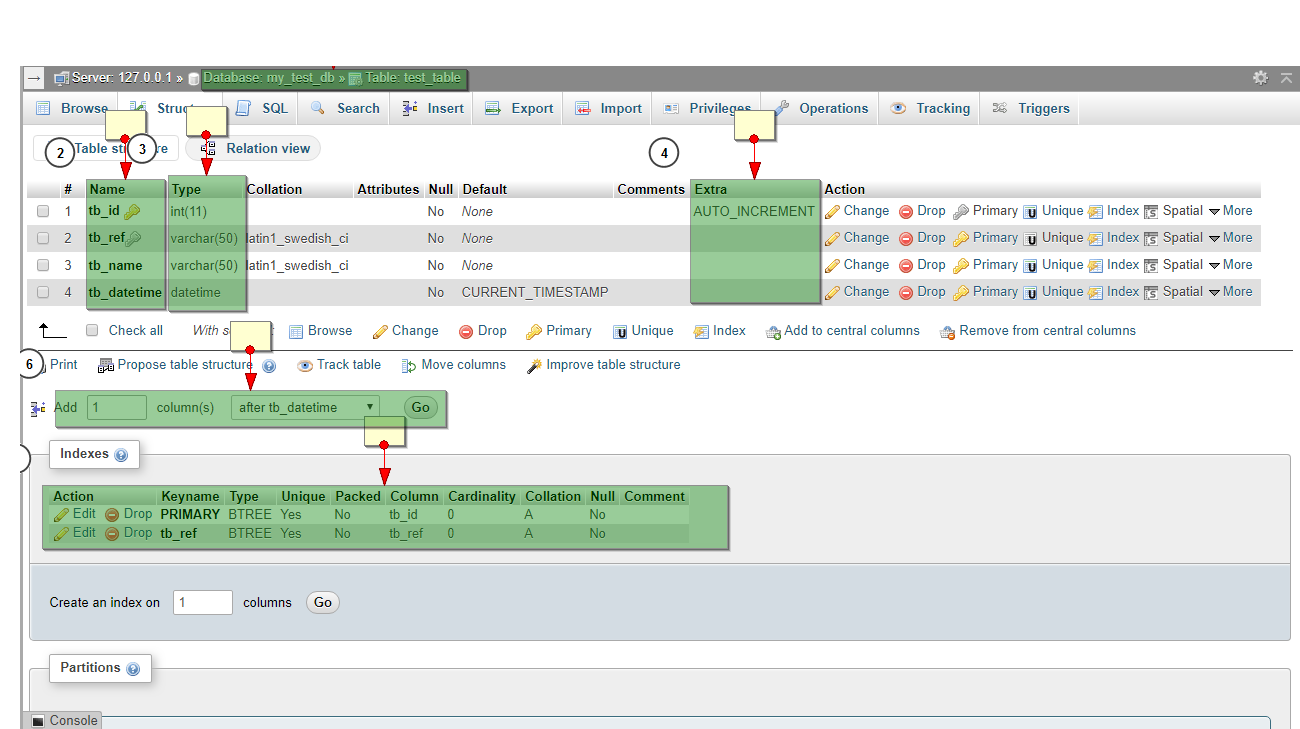
| Want to start an eBusiness and Grow it Globally with free IT, Legal, Internet Discounts,3 Months SME Startup Course, ePayment Integration, Biz Development Services, Free Website, Free SMS Units/Portal all done for you within 30 Days?
Start Here>> Click >>> Start a Digital Business in Nigeria



